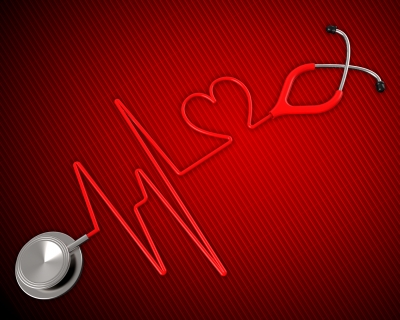Healthcare sector is undergoing dramatic changes enabled by new digital technologies. One key question for the future of healthcare is how personal health data, including existing health records and also data from modern wellbeing sensors and activity trackers, can be taken into more effective use. There is for example increasing demand for patients to get more control of their own medical data.
In many ways this question comes close to the concept of MyData, about which I blogged recently. This was also a common theme in the BioIT Alumniweekend that I attended at Aalto University (see program and slides, in Finnish only).

Image courtesy of Stuart Miles at FreeDigitalPhotos.net.
The event featured four speakers from around the Finnish healthcare sector:
- Vesa Jormanainen from the National Institute for Health and Welfare (THL)
- Mikael Rinnetmäki from Sensotrend
- Tanja Lappi from Heltti
- Mikko Kauppinen from GE Health Innovation Village.
Give me my health data!
Vesa’s role is to plan and guide the development of IT infrastructure in Finland, and there sure is a lot to do. Finnish healthcare providers currently have a wide variety of different IT systems that interoperate poorly, so it is often impossible to move information from one system to another. The solution, The National Archive of Health Information, or Kanta in short, is under construction. It already handles electronic prescriptions and will eventually have a secure repository for all patient records.
Perhaps the most interesting service is called My Kanta, which will provide citizens access to their medical records, and also control over how else can use them. So a big step towards real health MyData!
Mikko introduced the recently established Health Innovation Village, located in Vallila, Helsinki. Mikko painted a vision of a flourishing ecosystem with startups, companies and public sector orgnisations working together to create new healthcare services, which sounds cool. I was however disappointed to find out that the Village’s startups are not listed anywhere online. Anyway, data analysis and sensor technology were among their focus areas, so the Village is definitely worth following.
Mikael talked about the challenges in accessing relevant medical data from the point of view of a Type 1 diabetic. Currently the patients have to measure their blood glucose levels up to ten times per day, and in addition estimate both the carbs in their food and the rate of consumption based on their activities and exercises. Although many kinds of glucose level sensors are available, many of them still do not provide real-time data for the patients themselves. This has lead the active hacker community to develop their own solutions and even crack into some devices to get their own measurement data out, in order to learn from the data.
Here’s an example visualisation of Mikaels’ data, visualised with tools developed in the open source Nightscout project:

Image adapted from Mikael's slides.
Mikael’s dream and a hobby project is to develop an “artificial pancreas” for automatic monitoring and pumping of insuline, which would change the lives of diabetics dramatically. Sensotrend focuses on providing services for diabetics who are keen on sports or exercise, and have to be even more careful in controlling their insuline intake. Sensotrend’s service combines relevant data for diabetics from over 60 sensors and trackers, and visualises it in informative ways for the patient and healthcare professionals to use and make conclusions from.
Empowered patients
Mikael highlighted how the trackers and sensors empower patients, who are now both interested in and able to monitor their own health. More and more patients are using various web services instead of national healthcare providers due to easiness, data availability and service quality. This certainly sets challenges for the traditional healthcare industry to keep with the rapid development and renew their service models.
One such model has been developed at Heltti. Tanja described how their services are designed especially for knowledge workers, whose needs are very different from traditional industrial workers. An underlying idea is to empower patients by providing them useful information about their wellbeing, which is the primary source of productivity. Heltti wants to focus on managing health instead of treating diseases, and here individual behaviour, such as sleep, nutrition and exercise, is the largest contributor.
To properly manage wellbeing on both personal and company level, Heltti emphasises the role of continuous data-driven learning. In addition to traditional health records, they provide their voluntary customers Fitbit activity wristbands and mobile apps for more detailed wellbeing tracking. Heltti acts as a coach, providing and refining actionable information.

Image adapted from Engadget.
I find Heltti’s approach really interesting and sensible, as all the health data individuals can collect about themselves is only usable when put into the right context and interpreted correctly. This is what we also just started exploring at Reaktor.
All in all, the event provided a great cross-section of the latest healthcare developments in Finland. It was great to see promotion of personal health data and privacy in a proper MyData manner. It will be exicting to see new startups from the Health Innovation Village and elsewhere to challenge the big players with novel healthcare technologies and service models.